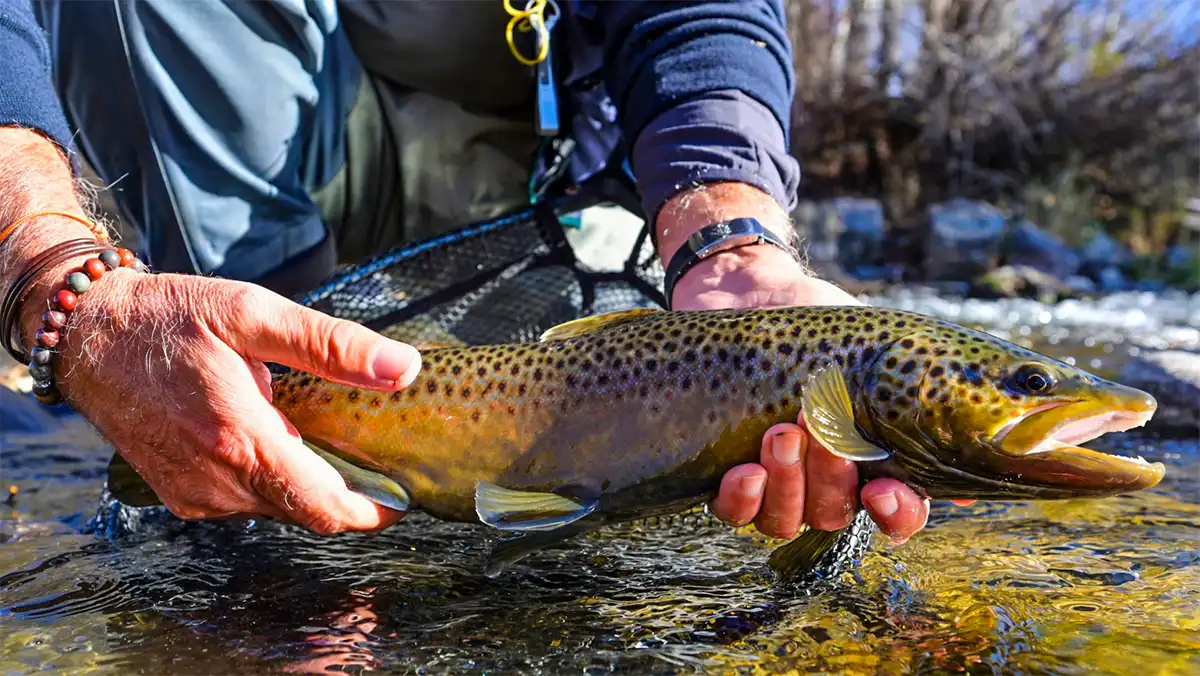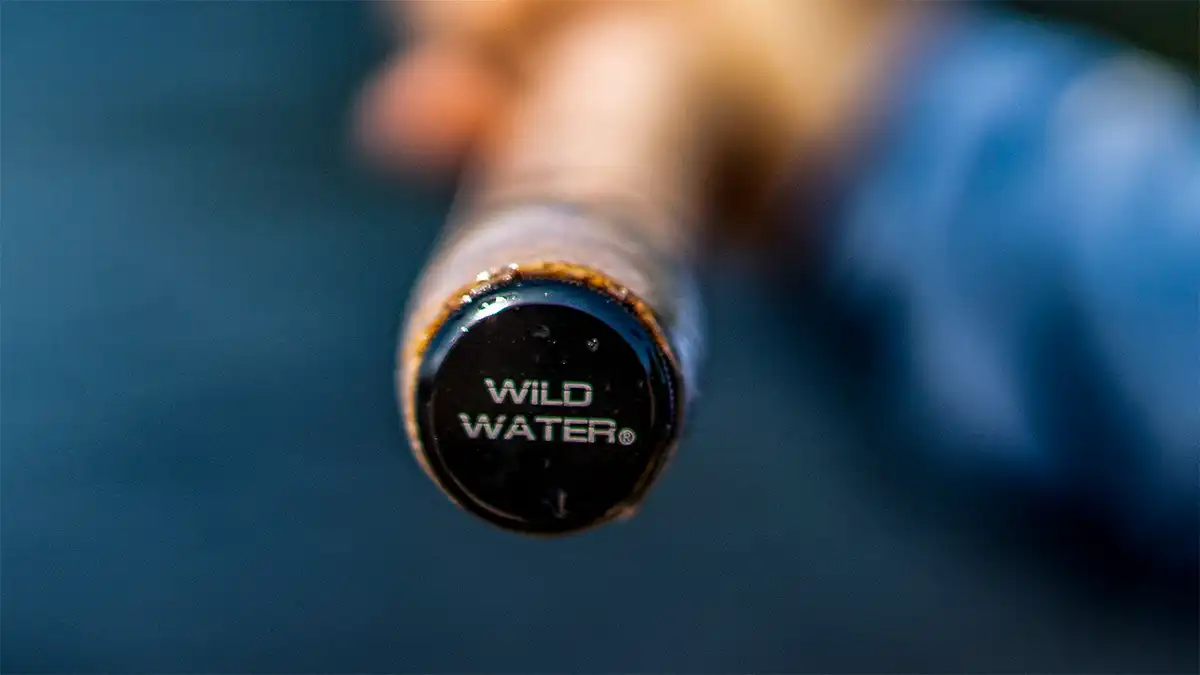Everyone makes mistakes, of course, but those mistakes can cost you time and cause frustration when fly fishing. When you’re out on the water, the fewer mistakes you make, the more you can catch. Whether you’re a beginner or an expert, there are always steps we can mess up while fly fishing.
Wild Water Fly Fishing is here to help you avoid mishaps by providing quick fly fishing tips you can implement. Once you get past breaking the habits you have made when fly fishing, the activity becomes fun, easy, and accessible.
FREQUENT FALSE CASTING
They say, “slow and steady wins the race,” so why are you rushing? The most common mistake made when fly fishing is casting too frequently. Too many false casts can scare the fish away, leaving you less chance to catch them. Fish can sense every movement in the water, and if you can limit your casts, you’ll catch more.
You should fully load the rod on your back casts because you will increase the line speed when you shoot the fly line. This technique minimizes false casts, so you are only false casting two or three times. Also, with frequent false casting comes tangles and wind knots, creating an even bigger obstacle.
USING THE WRONG KNOTS
One of the essential aspects of fly fishing is mastering knots. If you’re using the wrong knots, or if your knots are loose and unreliable, you will lose your fish quickly. A fish breaking off the line because of a knot could be one of the worst feelings, especially when you’ve caught a winner. There are plenty of knot guides out there that can help you learn the best knots. Some fly fishing knots that can improve your game are the clinch knot, surgeon’s knot, and nail knot. Check out Wild Water’s nail knot tool to master your knots. Practice the knots before your next trip to save yourself time and frustration.
ACTING TOO QUICKLY
Patience is the most important tool you can have when fly fishing. Anglers often act too quickly when the right casting opportunity could be right around the corner. Whether your line gets tangled or you need to re-rig, plenty of mishaps can occur, requiring extreme patience.
We recommend watching the water for some time before attempting to fish. You will see how busy the fish are if they rise, huddled near the bank or in the stream’s midst. Don’t charge into the water or move too quickly before watching the area. It would help if you allowed time for your line to hold correctly, or you will end up with a frustrating tangle. Practice patience before you set out to fly fish.
NOT USING THE RIGHT FLIES
An essential aspect of fly fishing success is knowing what the fish are eating. It would be best if you read up on the daily activity of the fish you are looking for and understand what their normal diet consists of. For example, trout go for midges, caddisflies, stoneflies, and mayflies, so it’s crucial you know this before you fly fish for trout.
Wild Water Fly Fishing has pointers and information on the type of flies that will work best for your area and the fish you target. When buying flies, it is important to consider the fish’s seasonal patterns during summer, winter, and fall. Avoid purchasing large flies; the smaller ones attract any size fish, so don’t think, “the bigger the fly, the bigger the fish.”
POORLY CASTING & HOOKING
Don’t be afraid to get aggressive with your rig and make strong casts. A weak back cast has a higher chance of creating tangles and loose lines. Your non-casting hand should manage your fly line independently so you are not using both hands against the handle. Any angler will agree that this technique gives you complete control of your casting motion.
You should not lift your rod straight up when hooking a fish because the fly can easily get pulled away from the fish. By pulling back slightly and to the side, the fish can get a solid bite-down on the fly. With this approach, you can cast well, correct the timing, and hook fish successfully with minimal error.
IMPROPER LINE TECHNIQUE
Having improper line technique is one of the most common mistakes anglers make. The difference between an amateur and a professional can be the amount of line put out. Casting too much line can set you up for disaster, leading to tangles and unwanted knots. Avoid these problems by learning how to mend your line correctly.
Whether caught in a swift current or drifting, a properly mended line will allow you to lift your rod easily and present your fly. If you need help with the correct technique, consult an experienced angler or fly fishing guide for help.
Be Respectful of Others – walking through a hole where someone else is fishing or, worse – fishing too close to someone else’s spot. Treat others with the same respect you’d like on the water.
BE PROUD OF YOUR FLY FISHING GAME
There are thousands of tips and tricks to fix the common mistakes we all face when flying fishing. Whether it is a simple mishap or a more complicated and technical error such as mending line, you can improve your fly fishing game quickly. With this list, you can avoid some of the things you catch yourself doing and make your next fly-fishing trip a much smoother-sailing one.
ARTICLE SUBMITTED BY WILD WATER.
For more information on Wild Water Fly Fishing Kits for getting into fly fishing and other helpful fly fishing information and products, visit WILDWATERFLYFISHING.com.
















